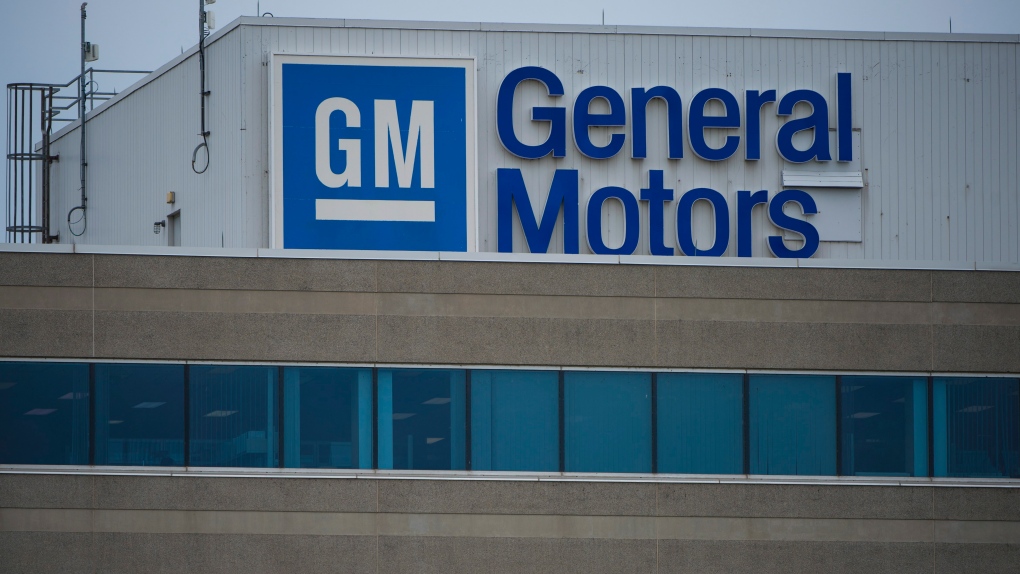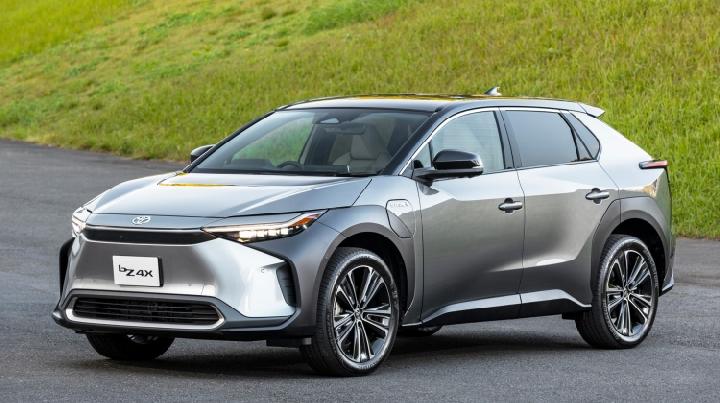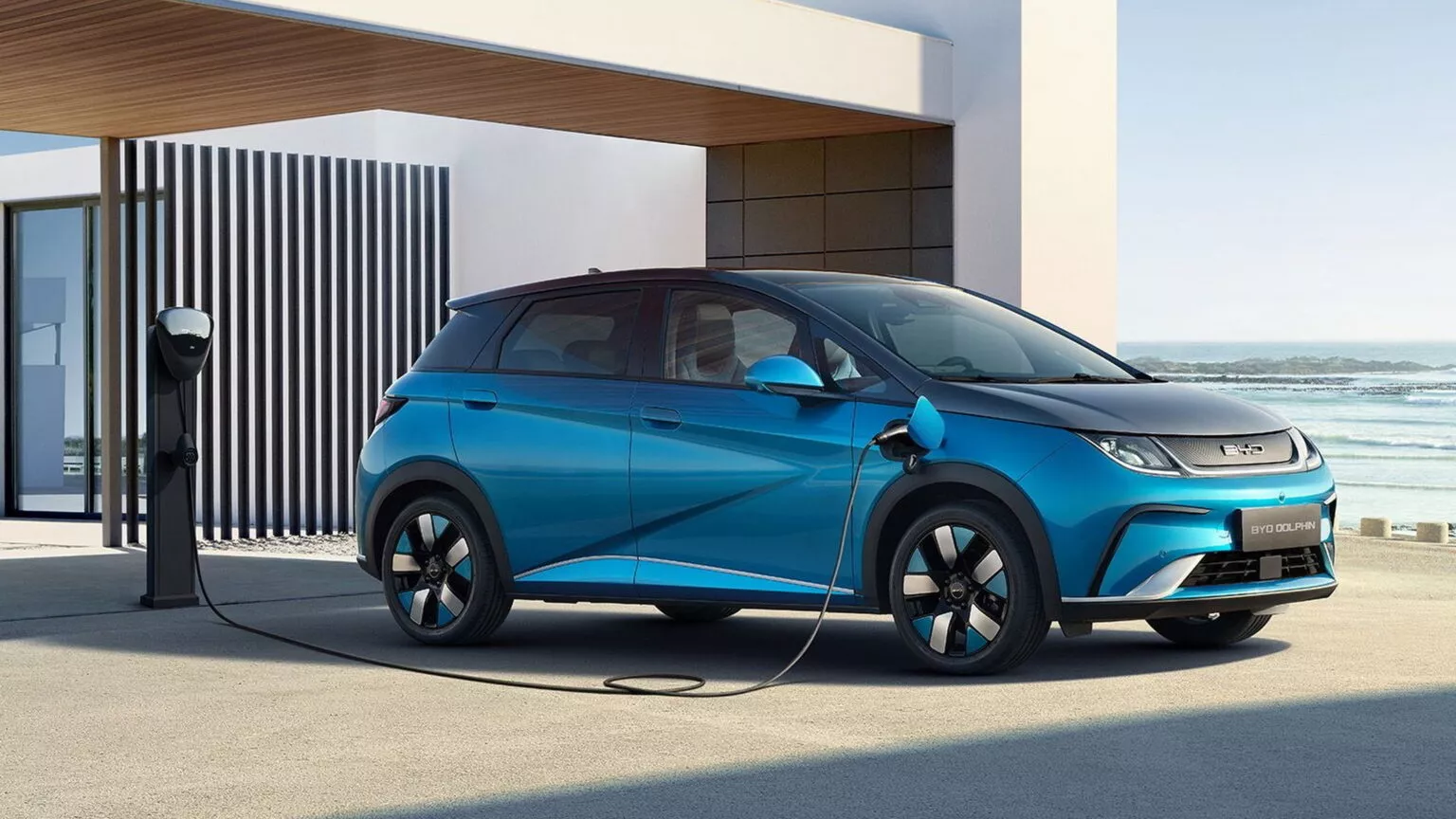General Motors (GM) is gearing up to make significant investments in its U.S. facilities, with a focus on bolstering its electric vehicle (EV) portfolio. The plan encompasses the production of a more affordable version of the Chevrolet Bolt in Kansas, along with the development of a new series of premium electric vehicles for its Cadillac and Chevrolet brands in Michigan. These investments are part of GM’s ambitious $13.3 billion commitment to enhancing its U.S. manufacturing capabilities.
The blueprint for GM’s planned investments, slated to span until April 2028, was outlined in a summary provided by the United Auto Workers (UAW), which detailed the new labor agreement negotiated with the automaker.
While much of the broader investment was already in progress, the UAW document highlighted two significant allocations, specifically, $1.25 billion earmarked for GM’s Lansing Grand River plant in Michigan and $391 million for the Fairfax facility in Kansas.
GM is contemplating the construction of a more cost-effective iteration of the Bolt electric utility vehicle at the Fairfax plant in 2025. Additionally, the company is considering manufacturing premium EVs for both Cadillac and Chevrolet, which could include a high-performance electric model bearing the coveted Corvette nameplate, starting in Lansing by 2027. These insights were shared by sources familiar with GM’s strategic thinking who wished to remain anonymous.
GM, when approached for comment, declined to provide details regarding the tentative agreement until it receives ratification from the UAW. In a statement, the company mentioned, “We’ll have more specifics around product details moving forward.”
The UAW summary did not specify the types of products or the exact timing for GM’s Fairfax and Lansing plants. Presently, the Fairfax plant produces the Chevrolet Malibu and Cadillac XT, while the Lansing facility manufactures the Cadillac CT4, CT5, and Chevrolet Camaro, all equipped with combustion engines.
GM’s CEO, Mary Barra, has previously announced that the current Bolt model is set to cease production by the end of the current year. She has also expressed GM’s intention to introduce a revamped Bolt with more cost-effective batteries, though specific details regarding the launch date and location remain undisclosed.
A substantial portion of GM’s U.S. investments over the four-and-a-half-year span of the contract, roughly amounting to $9.1 billion, will be channeled into five vehicle assembly plants and seven parts plants dedicated to the manufacturing of electric vehicles and related components, according to the UAW summary.
GM’s strategy for future product investment diverges markedly from some of its competitors, such as Ford and Stellantis, which have recently introduced hybrid gas-electric models targeting consumers who may not be ready or financially prepared to transition from conventional combustion engine vehicles to fully electric models. GM has not revealed whether it plans to launch new hybrid models in the U.S.
Bill Rinna, the Director of Americas Vehicle Forecasts at GlobalData, noted that GM’s shift towards battery-electric vehicles (BEVs) presents a unique challenge. He mentioned, “BEV demand over the life of the (UAW) contract is certainly not a given, so kicking the can down the road on that front may be justified.”
Sam Fiorani, Vice President of Global Vehicle Forecasting at AutoForecast Solutions, highlighted the appropriately vague timing of some of the EV investments made by GM, Ford, and Stellantis. Fiorani pointed out that if EV demand doesn’t pick up in the next two to three years, the timing of these new products could be premature.







